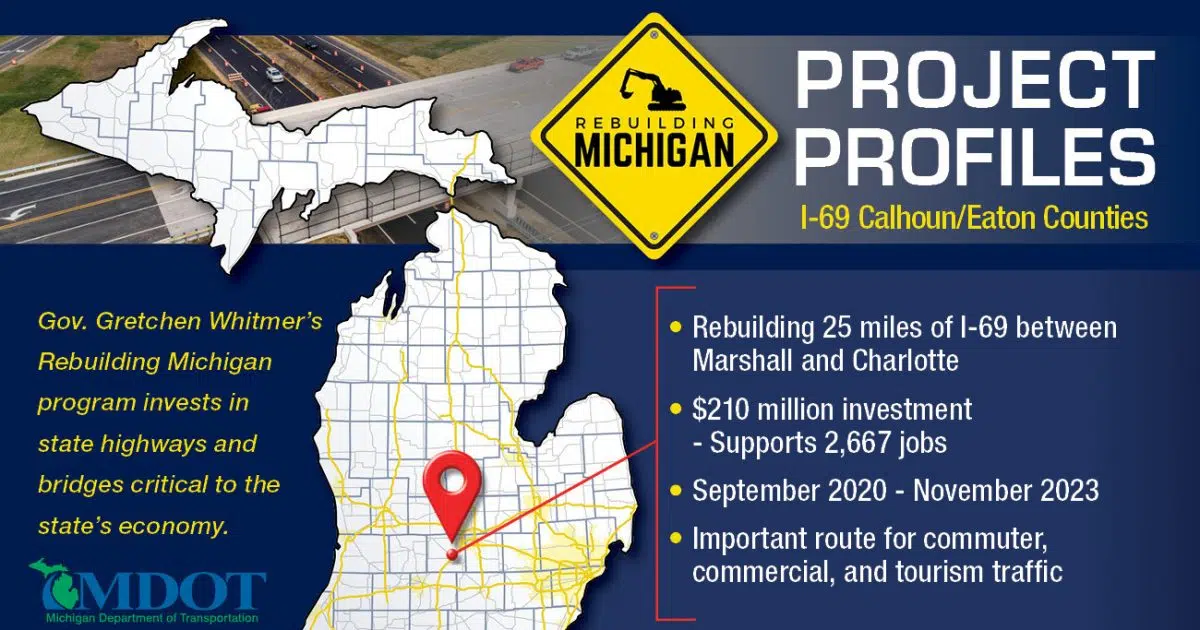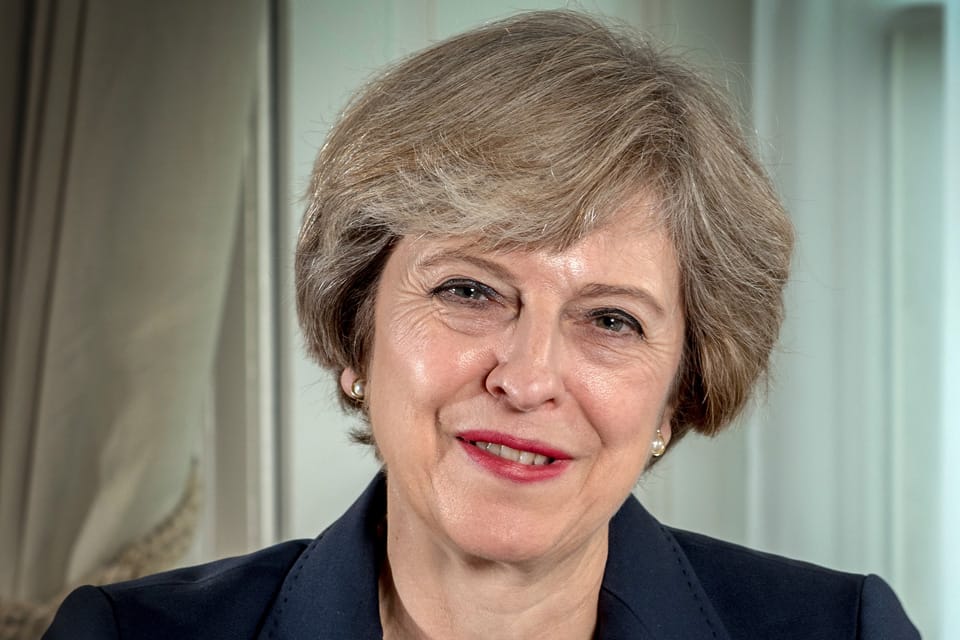
- Select a language for the TTS:
- UK English Female
- UK English Male
- US English Female
- US English Male
- Australian Female
- Australian Male
- Language selected: (auto detect) - EN
Play all audios:
Both Republicans and Democrats are facing dramatic long-term realignments in the religious composition of their base, and it will be a challenge for the parties to weather this shift
gracefully. Glance at the data from a new report from the Public Religion Research Institute (PRRI) and you’ll see why doubling down on white identity politics could be a winning strategy
for President Trump and the Republicans in the short term, but it might not be successful for long. The PRRI report, which is based on a poll of more than 101,000 Americans from all 50
states, makes clear that white Christians, traditionally a large portion of the Republican base, are, as a group, both declining _and_ aging. Younger white Christians are abandoning their
churches in droves, leaving behind increasingly middle-aged and elderly congregations. Democrats, meanwhile, have something of the opposite problem. Their base is increasingly religiously
varied, and while this is certainly reflective of where the country is going as a whole, Democrats must craft a message that speaks to pretty much every faith tradition — as well as people
who have no religion at all. And young black Protestants and Hispanic Catholics, two groups that have historically been loyal Democratic constituencies, are less likely to affiliate with the
party than their parents and grandparents. So far, having a base that’s composed overwhelmingly of one demographic group hasn’t doomed Republican candidates — white, conservative Christian
voters have been the bedrock of the GOP base since the 1980s and helped deliver President Trump to the White House last year. In 2016, a whopping 35 percent of Republicans were white
evangelical Protestants, 18 percent were white mainline Protestants, and 16 percent were white Catholics; together, those groups account for nearly 70 percent of the Republican base. THE
RELIGIOUS GAP BETWEEN DEMOCRATS AND REPUBLICANS Share of Democrats and Republicans by religious affiliation 2006 2016 REPUBLICANS DEMOCRATS REPUBLICANS DEMOCRATS White evangelical Protestant
37% 17% 35% 8% White mainline Protestant 22 16 18 11 White Catholic 20 16 16 10 Mormon 2 1 4 1 Black Protestant 2 18 1 17 Hispanic Protestant 3 3 3 4 Hispanic Catholic 3 8 3 10 Other
Christian 5 6 5 6 Jewish 1 3 1 2 Other world religions 1 2 1 3 Unaffiliated 4 9 11 26 “Other world religions” includes non-Western religious groups such as Muslims, Buddhists, Hindus, Sikhs
and Jains. “Other Christian” category is composed of ethnic Christians (such as Asian Christians, mixed-race Protestants, black Catholics) and other Christian religious groups like Jehovah’s
Witnesses. SOURCE: PRRI 2016 American Values Atlas, Pew Research Center But since 2006, the proportion of Americans identifying as white evangelical Protestant, white Catholic, and white
mainline Protestant have all dropped by 5 or 6 percentage points, according to the just-released PRRI report.1 “Republicans will have to widen their net to attract more supporters who aren’t
white Christian — in the long run, they just won’t have a choice,” said Daniel Cox, director of research at PRRI. White evangelical Protestants and white Catholics have the highest median
age — 55 — of any religious group, with white mainline Protestants following close behind at a median age of 54.2 And the median age of people who don’t identify with any religion (also
called the “religiously unaffiliated”) is rising, which suggests that people who have left their faith tradition aren’t returning to the fold as they get married, start families or hit other
major life milestones. So where are these young people going? The religious groups with the youngest membership map neatly with the Democratic Party’s coalition. Religious minorities like
Muslims, Hindus and Buddhists; the religiously unaffiliated; and Hispanic Protestants and Catholics all have significant numbers of followers under the age of 30. And all of these groups
disproportionately identify as Democrats. This youth and diversity might seem like a gift to the Democratic Party, but it also presents a serious challenge for politicians hoping to present
a compelling vision to voters who have a wide range of values and priorities. White Christians, especially white evangelical Protestants, have been a political powerhouse for the Republicans
because of their enthusiasm and ideological unity. The religiously unaffiliated, according to the PRRI report, now constitute more than one-quarter of the Democratic base. “It’s really hard
to find a message that speaks to someone who’s not religious at all _and _a devout Catholic or evangelical Protestant,” Cox said. “The danger for Democrats is that they don’t find ways to
motivate all of these diverse groups, and those voters just stay home.” And the religiously unaffiliated — a plurality of whom don’t consider themselves part of any political party — are
also less politically engaged than other religious groups and less likely to vote. “That’s partly because they’re younger,” Cox said, “but also because they’re not attached to formal
institutions like churches.” Those institutions — especially churches — have been key for unifying voters around shared values and issues, and for motivating them to vote, according to Cox.
There’s also evidence in the report that young religious voters of color in particular may feel less loyalty to the Democrats than older generations did. Only 35 percent of Hispanic
Catholics under the age of 30 identify as Democrats, compared to 56 percent of Hispanic Catholic seniors. Similarly, just 58 percent of black Protestants under 30 say they’re Democrats,
compared to 79 percent of black Protestants over the age of 65. Cox cautioned, though, that political affiliation tends to solidify over time, with young people often identifying as
independents in their twenties but choosing a party affiliation as they grow older. And although the number of people who identify as political independents has been rising in recent years,
most independents also lean toward a party, which means the balance of party affiliation may not be shifting as much as it seems. However, other polls have shown that millennials have some
of the highest levels of political and religious disaffiliation of any generation in years, so it’s unclear if that pattern will apply to them as they grow older. It’s important to remember
that demographic changes don’t manifest overnight. White mainline Protestants, for example, have been steadily hemorrhaging members for decades, but they still account for a sizeable chunk
of the country’s religious landscape. Younger voters — especially the religiously unaffiliated — tend to hold liberal views on cultural issues like same-sex marriage, abortion and the
legalization of marijuana, Cox said, but strong conservative positions on these topics still reliably drive conservative white Christians to the polls. That dynamic is perhaps the thorniest
challenge for politicians looking to embrace younger generations’ changing values: Both major parties, but especially Republicans, will have to continue to appeal to their traditional voter
base while the country slowly shifts around them. “It’s not like we’re going to wake up tomorrow and say, ‘Oh my goodness, we live in a different country,’” Cox said. “But 20 years from now,
it’s going to seem like it was inevitable.”


:max_bytes(150000):strip_icc():focal(663x216:665x218)/Sylvester-Stallone-Janice-Dickinson-061824-93f10241bad548dbb4687a5a0fdb6f5a.jpg)


:max_bytes(150000):strip_icc():focal(749x0:751x2)/Kelly-Ripa-618f091d0b9044739e57bec7b33a10ce.jpg)

